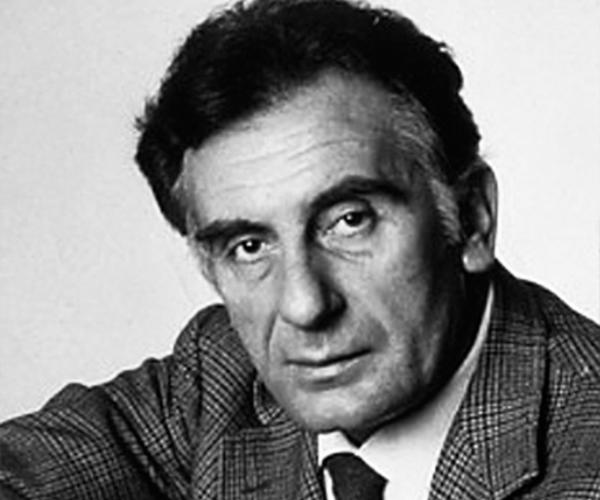FRATTINI GIANFRANCO
Gianfranco Frattini (b.1926, Padua, Italy– d. 2004, Milan, Italy) was an Italian designer and architect and one of the important members of the generation that created the Italian design movement of the late 1950's and 60's. He studied architecture at Politecnico di Milano from 1949 until 1953, and in 1952 he started a four-year apprenticeship in the studio of Gio Ponti.
As a result of working with Ponti, he was introduced to Cesare Cassina and in 1954, Gianfranco began what would become a long lasting and important collaboration with the furniture maker Cassina.
While working with Cassina, Frattini began to focus on designing furniture and was able to form more partnerships with many other iconic furniture and design manufacturers, such as Bernini, Arteluce, Acerbis, Fantoni, Artemide, Luci, Knoll, and Lema. In 1956, Gianfraco Frattini, along with numerous designers, artists, and critics of the time, co-founded the influential Associazione per il Disegno Industriale (ADI), and during the same year, he opened his first professional practice in Milan with architect and designer Franco Bettonica.
By the late 1950's, he had become a board member of the Triennale di Milano, and remained active in it for the rest of his life. As a great connoisseur of wood craftsmanship, he forged a long and fruitful professional partnership with the master Milanese wood craftsman and cabinetmaker Pierluigi Ghianda. Gianfranco Frattini’s most iconic designs are the Mod. 849 chair for Cassina (1956); the structurally unique Alberto bookcase for Poltrona Frau (1958); the Boalum lamp, which resembles a boa constrictor made out of translucent plastic tubing, designed with Livio Castiglioni for Artemide (1970); the Sesann chair and sofa for Cassina (1970); the Kioto table for Bottega Ghianda (1974); and several glass designs that he made for Progetti throughout the 1980's.
During his career, Frattini won many professional awards and prizes, including the prestigious Compasso d’Oro, the Triennale di Milano medal, and the Gran Premio awards. He is considered a master of modern Italian design, as many of his designs are considered great examples of the modernist movement and its confident vision of the future. His furniture can be seen in the permanent collections of the most important design and decorative art museums in the world, such as the Museum of Modern Art, the Smithsonian, and the Cooper-HewittNational Design Museum.



